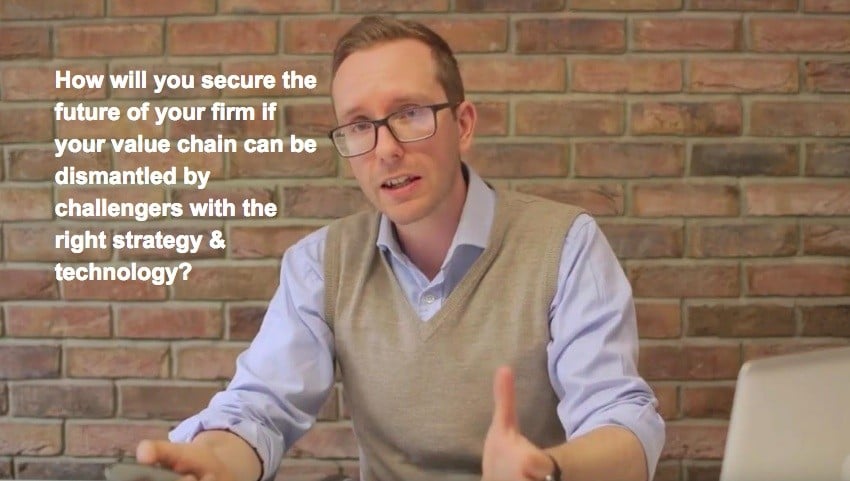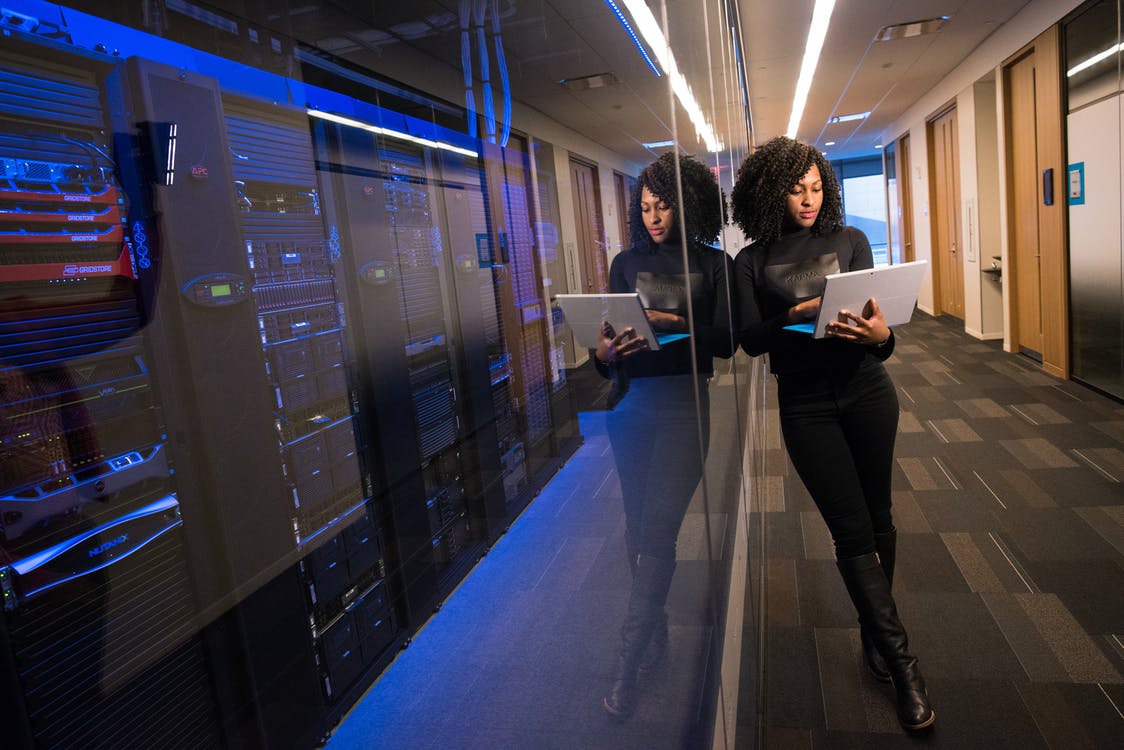Digital Transformation Strategy: Deconstruction of the Value Chain
Organisations use Digital Transformation as a mechanism to evolve, this is prompted by internal needs or changes in their external environment. As the processing, storage and communications power of technology expands exponentially, the way entire industries operate is also being disrupted. In this article, we will explore how value chains are being eroded and what firms can do to survive.







